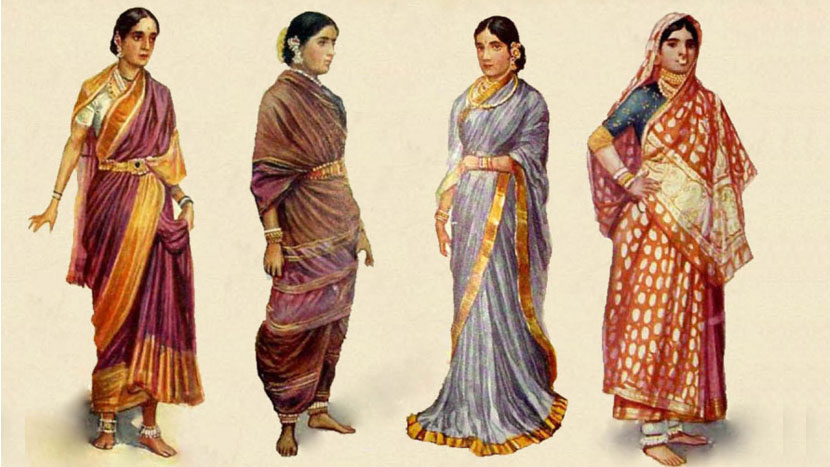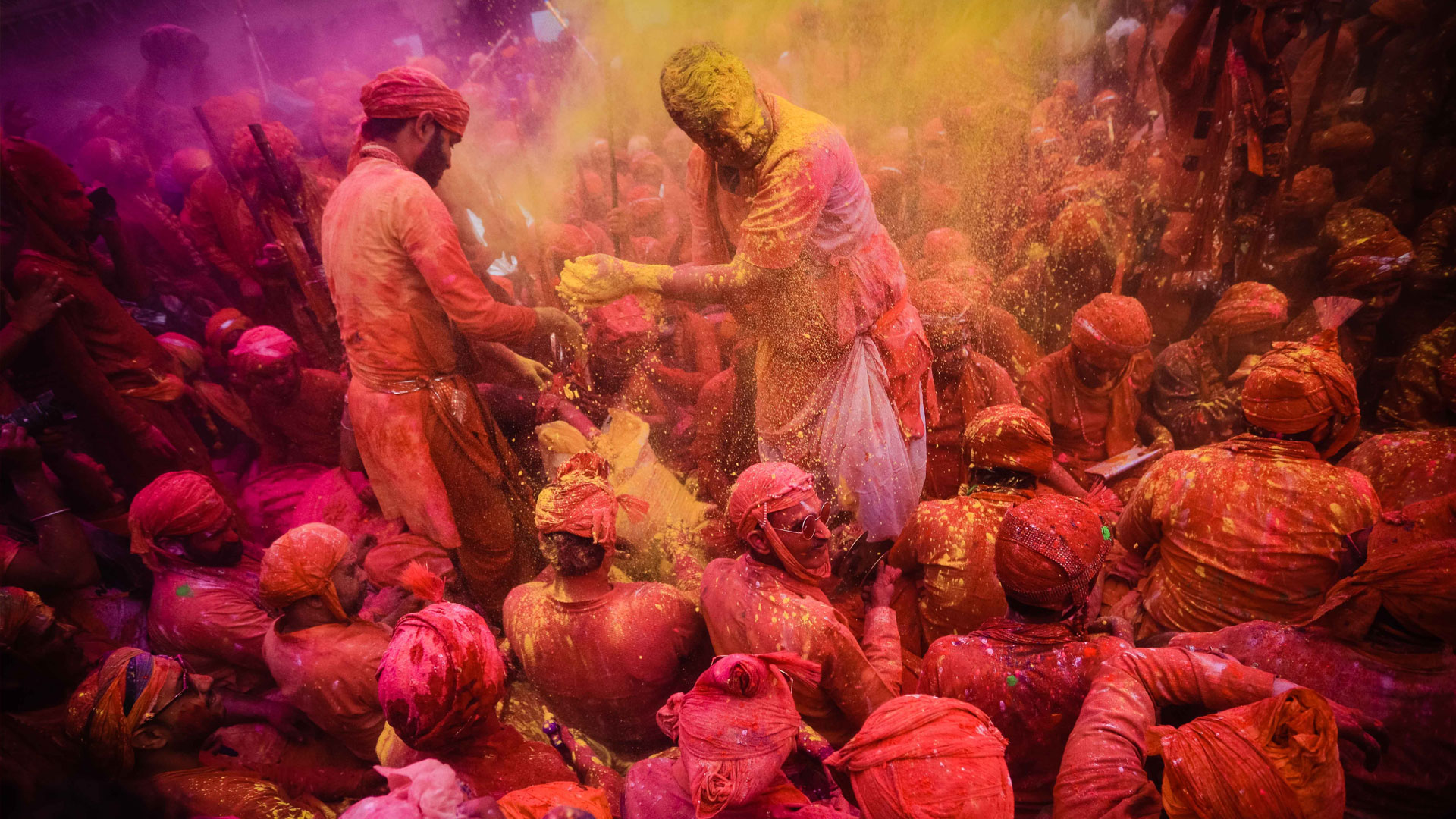Sarees – The Ancient Indian Art of Draping

Sarees have a fascinating place in our history with a spanning legacy of 5,000 years as it is considered to be among the oldest forms of garment still in existence tracing its origins back to Indus Valley Civilization (3300–1300 BC). Derived from the sanskrit word ‘Sattika’ which means ‘strip of cloth’ this ancient art of four-and-a-half to eight meters of cloth – draped around the lower body and then with a tactful pleating process folded across the upper body evolved itself into a versatile Indian ware and the symbol of Indian femininity.
The history of saree is to a large extent , the history of the country itself as it has withstood and adapted to new influences of many multicultural empires that have ruled over this vast land from Aryans to the Mauryas, the Greeks introduced chiton which was pleated as a skirt and draped over one shoulder, the Persians gave us ‘Gara’ an exquisite embroidery depicting the beauty of nature with their designs and motifs,the Royal households of North and South India introduced intricate zardozi work and finally with the advent of Mughals an outburst of a never before seen extravagance created clothing fabrics embellished with gold/silver wires and gems which was as classic as it was comfortable – a perfect reminiscent of the splendour in which the women of those times lived.
What makes it special is that even being ancient has in no way impacted its popularity. Still ubiquitous, each saree can be draped over 80 ways, most of which are regionally specific and are a result of the countless generations of Indian woman whose hard work and commitment has made this timeless elegance, an unparalleled demonstration of traditional Indian art.
We at Amber have our favourite places to experience this and shop directly from the looms supporting the local artisans to name a few of the main ones – Delhi, Jaipur, Varanasi, Bengal, Chanderi, Kanchipuram and Mysore. Join us in your next trip to experience the real beauty of the stories that define India.




